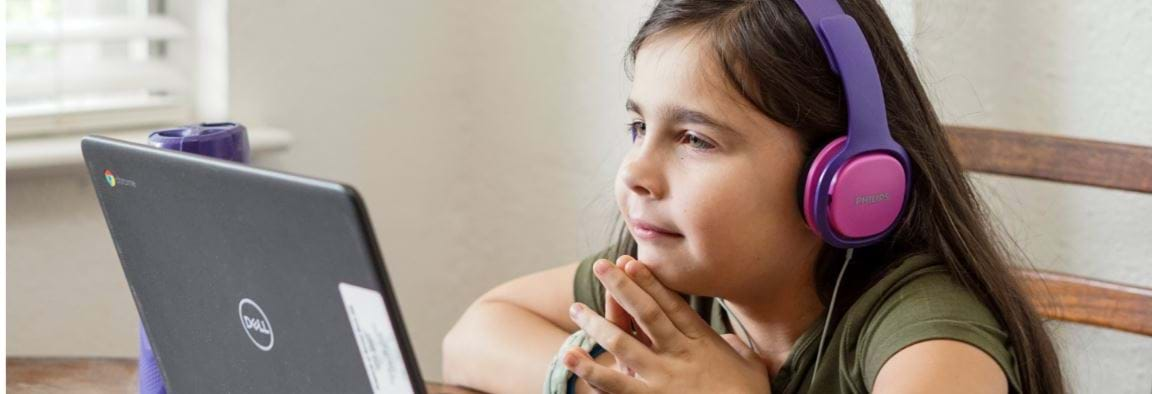EdTech - mapping the future of education and technology
20 minute read
Our two-part report gives our thoughts on the usability, accessibility and usefulness of the technology that supports education, following the rapid switch to hybrid and home-schooling during the COVID pandemic.
The pandemic led to sudden, jarring changes for us all, disrupting our work and family lives and causing us all to rely on technology for support; technology we hadn't expected to form part of our daily routines.
For families, students and teachers, the EdTech toolchain that was imposed upon us varied wildly in terms of usability and usefulness, from setting up printers and home scanners, to wrangling with the security and family friendly aspects of online classrooms, where our little ones needed their own Google accounts. For teachers, the pressure has been immense and the learning curve steep, and for parents, carers and guardians, a whole variety of factors influenced the viability and productivity of the home-educator experience.
We wanted to review the experiences of these changing user bases, with our Mapping the Future of Education and Technology report. Presented over two parts, the report looks at how technology has helped and hindered people working in education, those supporting home learning over the last 18 months and what the future might look like as we emerge from the pandemic.

Part 1: The teacher experience
“Although there is palpable enthusiasm from teachers for greater use of digital tools and platforms, this is also grounded in realism. Funding is always a problem for schools and other educational institutions, so convincing bursars, local authorities and government to invest more in technology in education will be essential to harnessing its fullest potential."
Part one of our series examines firstly how teachers navigated this new learning landscape, and how we can build better, more inclusive supportive tech in the sector. We found some real positivity and hope in the sector, along with some genuine concerns about digital inclusion and confidence.
Part 2: Hearing from home educators
“Assuming that remote learning continues in some capacity going forward, for the likes of homework or holiday check-ins, the biggest hurdles to overcome are inequality of access to technology and unreliable connectivity."
In part two of our report, we explore the experiences of parents, carers and guardians supporting their children and young adults with remote learning both during and since the worst of the pandemic. Here we found that while most parents and carers were familiar with and supportive of EdTech and the majority are able to assist their children in its usage, some important ongoing support is required to address barriers to access.
We hope you enjoy reading the report. We will continue this research by looking at the experience of families in subsequent articles. Get in touch if you'd like to talk more about how user research and product design might improve the usability and accessibility of technology used to support education.

